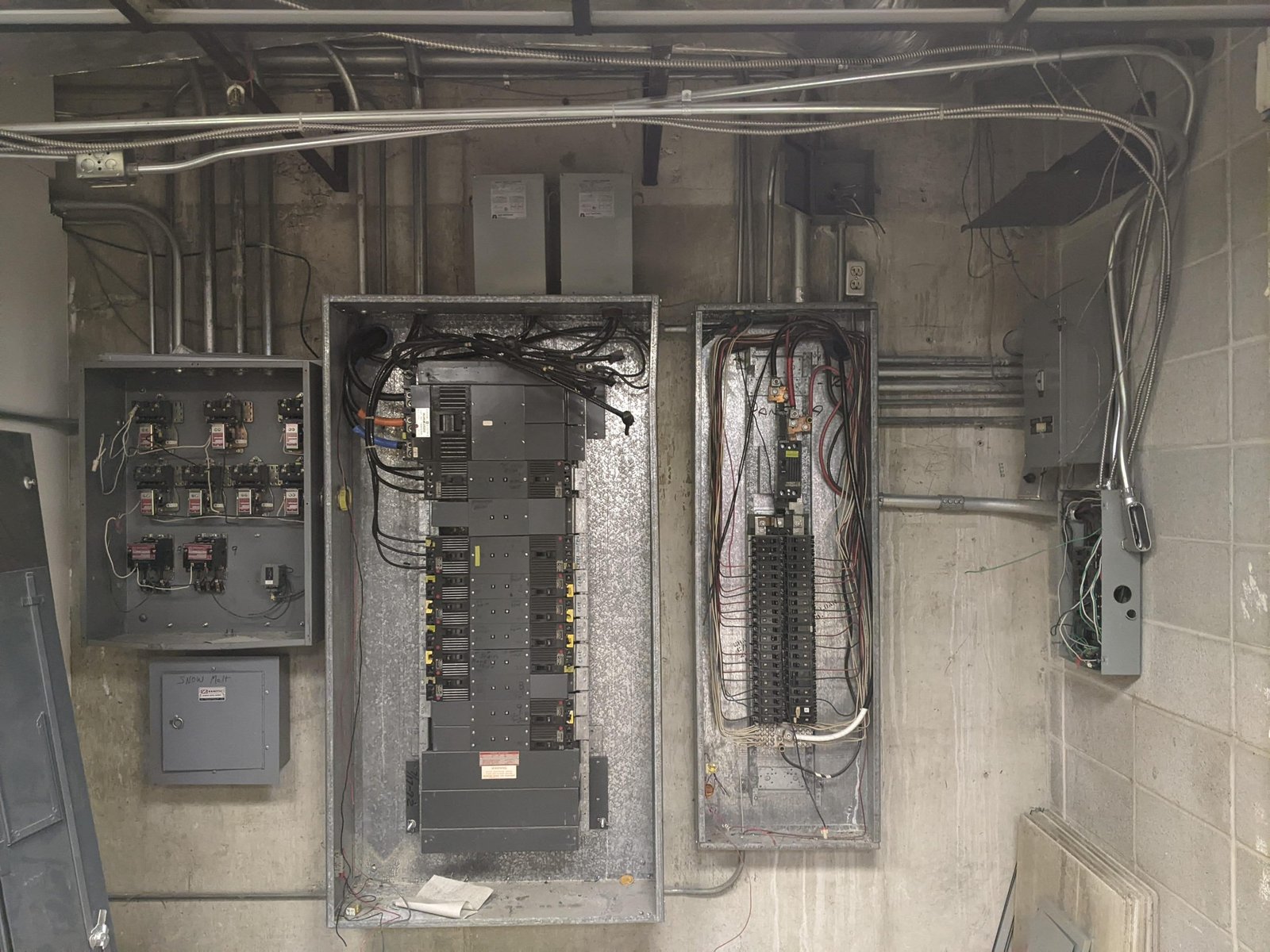Explaining the Basics of Circuit Breakers and Fuses

Introduction:
Circuit breakers and fuses are essential components of electrical systems, serving as vital safety devices that protect our homes and appliances from electrical overloads and potential hazards. While their primary function is similar—to interrupt electrical current flow when necessary—their mechanisms and applications differ. In this blog post, we will explore the basics of circuit breakers and fuses, explaining their roles, differences, and importance in maintaining safe and reliable electrical systems.
1. Circuit Breakers:
Circuit breakers are automatic switches that protect electrical circuits from damage caused by excessive current flow. They act as an integral part of the electrical panel, commonly known as the breaker box. The primary components of a circuit breaker include:
a. Switch: The switch controls the flow of electricity through the circuit. When a fault occurs, the switch quickly opens, interrupting the current flow.
b. Tripping Mechanism: The tripping mechanism automatically activates the switch to open when it senses an overload or short circuit.
c. Calibration: Circuit breakers are calibrated to handle specific current levels, ensuring they trip when the current exceeds safe limits.
d. Reset Button: After tripping, circuit breakers can be manually reset by flipping the switch back to its original position.
2. Fuses:
Fuses are protective devices that interrupt the electrical circuit when current exceeds a certain limit. Unlike circuit breakers, fuses are one-time-use devices and need to be replaced after they have been activated. The main components of a fuse include:
a. Fuse Element: The fuse element is a thin wire or strip made of a material that melts easily when subjected to excessive current. When the current exceeds the fuse’s rating, the element melts, breaking the circuit.
b. Base: The base is the holder that houses the fuse element and connects it to the circuit.
c. Screw Cap: In some fuses, the screw cap secures the fuse into the holder.
3. Differences between Circuit Breakers and Fuses:
a. Reusability: Circuit breakers can be reset and reused after they trip, while fuses need to be replaced each time they blow.
b. Response Time: Circuit breakers react faster to faults, instantly interrupting the circuit when excess current is detected. Fuses have a slightly slower response time as the element needs to heat up and melt before the circuit is broken.
c. Maintenance: Circuit breakers require less maintenance as they can be reset, while fuses need periodic replacement.
4. Importance of Circuit Breakers and Fuses:
Circuit breakers and fuses play a critical role in preventing electrical fires and damage to appliances and electrical systems. They protect against overloads, short circuits, and faults that can occur due to faulty wiring or malfunctioning appliances. By interrupting the current flow when needed, these devices safeguard our homes and ensure electrical safety.
Conclusion:
Circuit breakers and fuses are essential safety devices that protect our electrical systems from potential hazards. While circuit breakers offer the convenience of being resettable, fuses provide reliable protection and are often used in specific applications. Both devices are crucial in maintaining safe electrical installations and protecting our homes and appliances from overloads and electrical faults. Understanding the basics of circuit breakers and fuses empowers homeowners to ensure the safety and efficiency of their electrical systems and make informed decisions when it comes to electrical maintenance and upgrades. Always consult a licensed electrician for any electrical concerns or to address issues related to circuit breakers, fuses, or the electrical panel.

